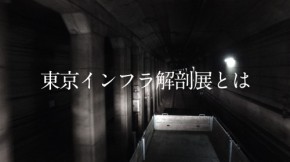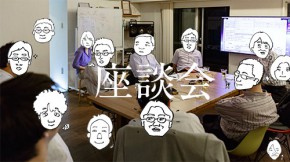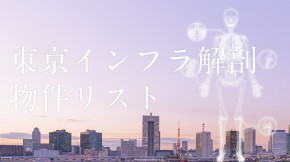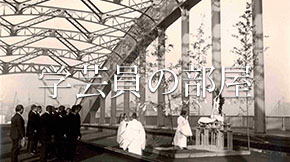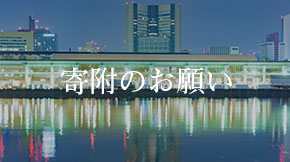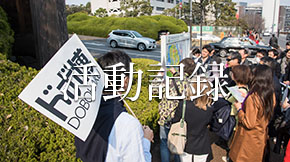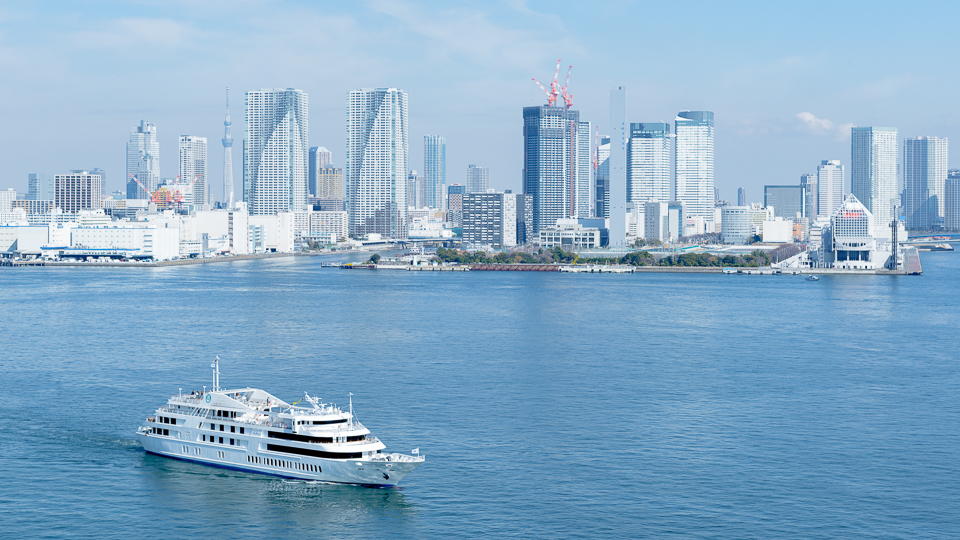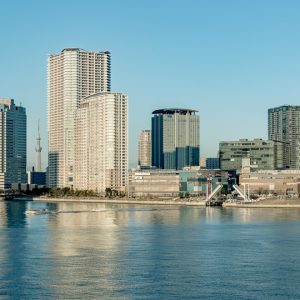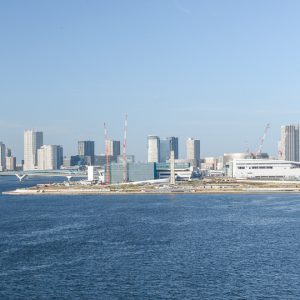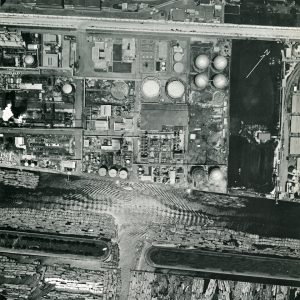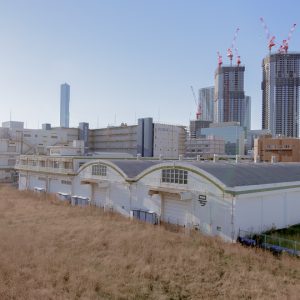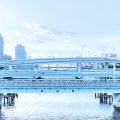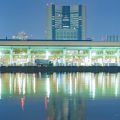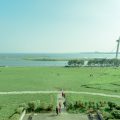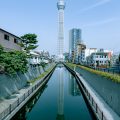The landscape of the Tokyo Bay portrayed by the poet Shiki Masaoka (1867-1902) in “Tokyo after four hundred years” has become a reality in less than 100 years. Tsukishima was already landfilled during the lifetime of Shiki. Harumi was born as part of Tsukishima after that, and Toyosu was made using the debris of the Great Kanto Earthquake in 1930s.
These places are an artificial “body” newly added to Tokyo. A lot of the structures has been scraped and built, while various festive events such as uncompleted World Exposition at the occasion of 2,600th anniversary of Imperial period, etc. were planned and executed. Temporary “high-rise apartments like Unité d’habitation” (Jinnai) have already been removed too. “The beauty of the spring field” described by writer Mishima will be also disappear soon.
It seems that this “artificial flat geometric land” (Mishima) that has repeated remarkable metabolism like a “child” is about to come out. For those living on the Gulf, the high-rise buildings line up one after another in the Harumi, and Tokyo’s new core facility called new central fish Market is about to be completed in Toyosu. (D.Kitagawa)
Complete collection Shiki Masaoka, tome 12, Kodansha, 1975.
Complete collection Yukio Mishima, tome 7, Shinchosha, 2001.
JINNAI, H. & MIURA, A., Old layer of Tokyo found if there are not Chuo-line, NTT publishing, 2012.

